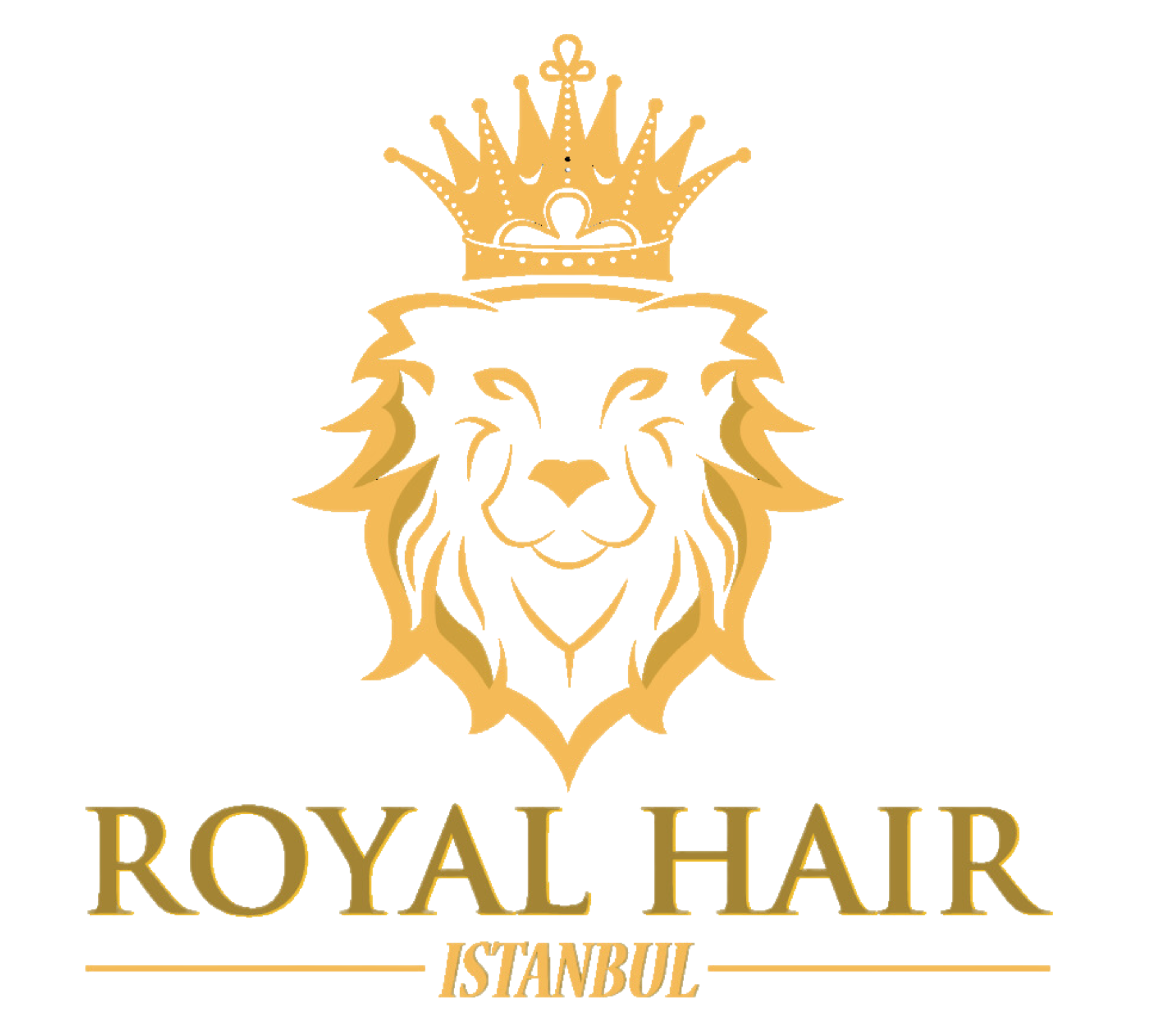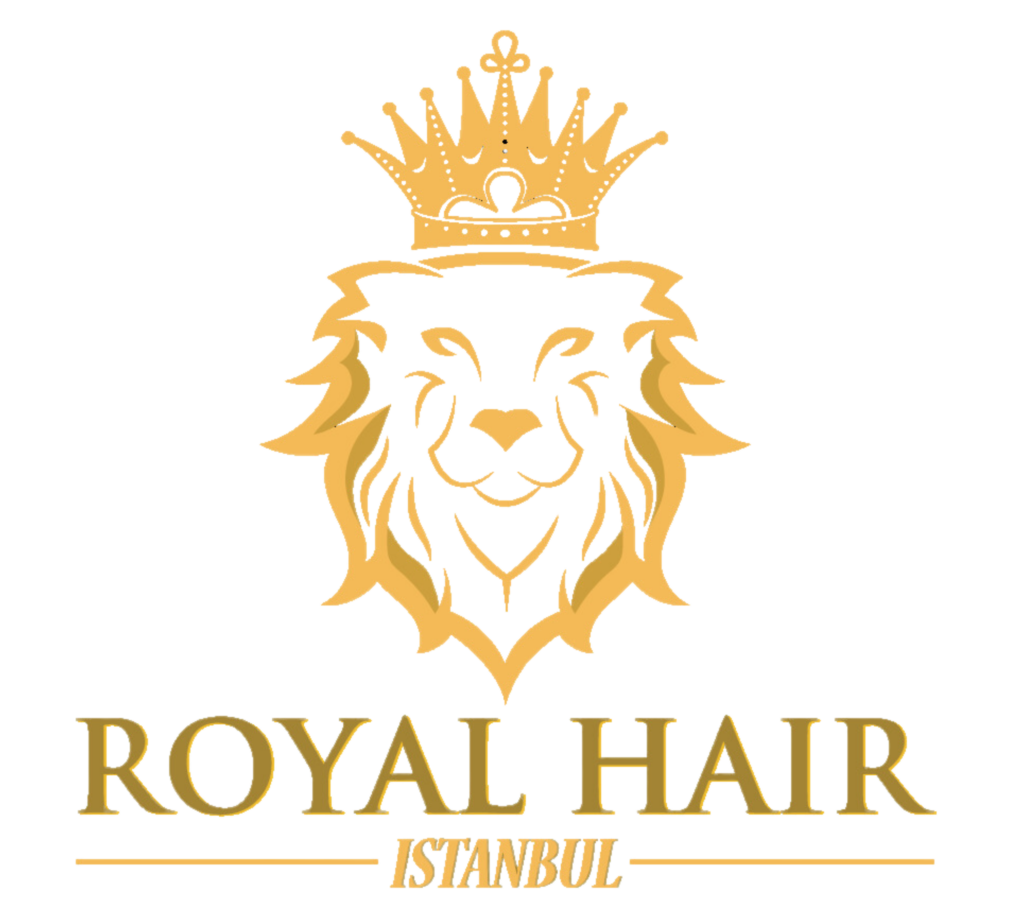Couronnes en zirconium
domicile
Couronnes en zirconium
Services de dentisterie

Débloquez votre confiance dès aujourd'hui !
Réservez votre consultation pour des services esthétiques transformateurs
Couronnes en zirconium en Turquie
Saisissez le changement esthétique de votre sourire avec les « couronnes en zirconium ».
Les dents en porcelaine de zirconium offrent une excellente apparence esthétique grâce à leur transmission de la lumière et à leurs structures renforcées.
Qu’est-ce qu’une couronne en zirconium ?
Changement de sourire – Jeu complet de couronnes en zirconium
Lorsqu’un revêtement dentaire est nécessaire, il convient d’utiliser des matériaux biologiquement compatibles dans la bouche.
Après avoir utilisé pendant de nombreuses années des matériaux plastiques biodent sur du métal, l’utilisation de la porcelaine sur du métal est devenue populaire dans les années 1980.
Au cours des 30 dernières années, la fabrication de porcelaine sur métal en tant que revêtement dentaire en porcelaine s’est répandue dans le monde entier.
Cependant, le métal sous la porcelaine provoque parfois des réactions allergiques chez certaines personnes.
Les meurtrissures gingivales, qui causent des problèmes esthétiques majeurs dans la zone des dents antérieures, sont également l’un des inconvénients des revêtements dentaires en porcelaine à base de métal.
C’est la raison pour laquelle des études intensives ont été lancées dans les années 1990 sur les porcelaines renforcées par de la céramique.
Cependant, quel que soit le degré de renforcement de la porcelaine, l’utilisation de la céramique seule, en particulier pour les ponts dentaires, n’a pas donné de bons résultats sans matériau d’infrastructure.
C’est à ce moment-là que l’utilisation du zirconium, qui a remplacé l’infrastructure métallique, est entrée en jeu. En peu de temps, les propriétés de l’infrastructure en zirconium ont été améliorées et sont devenues presque aussi durables que celles du métal, et des applications d’infrastructure beaucoup plus esthétiques que le métal ont pu être réalisées.
Le zirconium est utilisé comme matériau de sous-structure dans les revêtements dentaires qui remplacent la partie supérieure de la dent visible dans la bouche autour des dents endommagées.
Les couronnes dentaires traitées avec de la porcelaine sur une sous-structure en zirconium sont aujourd’hui appelées couronnes dentaires en zirconium.
Lorsqu’il s’agit de couronnes en zirconium, les couronnes en zirconium sont exprimées.
Alors que les couronnes traditionnelles en porcelaine sont fixées aux dents avec un support métallique, des facettes dentaires durables et esthétiques peuvent être obtenues avec le zirconium sans métal.
Quelle est la durée de vie d’une couronne en zircone ?
Quelle est la durée de vie d’une couronne en zircone ?
Si le patient se soumet à des contrôles dentaires réguliers, les couronnes en zircone peuvent durer de nombreuses années.
Les dents naturelles sont des tissus vivants qui peuvent se déformer avec le temps en raison de l’usure et des infections, alors que les couronnes en zircone résistent aux changements.
Toutefois, les modifications de la structure de la bouche plus tard dans la vie peuvent entraîner l’adaptation ou le remplacement de la couronne en zircone, le cas échéant.
En cas de remplacement de la couronne en zircone, la dent naturelle sous-jacente sera-t-elle endommagée ?
Le patient ne ressentira aucune gêne lors du retrait de la couronne et il n’y aura pas de perte du tissu dentaire naturel sous-jacent.
Quels sont les avantages esthétiques des couronnes en zircone ?
Grâce aux propriétés de transmission de la lumière du matériau zircone, la couronne aura le même aspect naturel que les dents naturelles du patient.
La lumière traverse l’émail des dents saines, alors que la base métallique des couronnes en porcelaine conventionnelles donne un aspect opaque, terne et artificiel aux dents – les couronnes en zircone éliminent ces problèmes esthétiques.
La zircone peut-elle être utilisée par les personnes allergiques aux métaux ?
Une couronne en zircone ne contient aucun matériau métallique et ne provoque donc aucune réaction allergique.
Les couronnes en zircone provoquent-elles des décolorations à l’avenir ?
La surface polie et lisse des couronnes en zircone ne permet pas l’accumulation de la plaque dentaire, ni la décoloration causée par le thé, le café et le tabac.
La zircone affecte-t-elle le sens du goût ou provoque-t-elle une mauvaise haleine ?
L’utilisation de la zircone n’entraîne pas d’effets indésirables pour la bouche du patient.
Comment une couronne en zircone est-elle fixée ?
La surface de la dent naturelle du patient est très légèrement réduite.
Cela peut provoquer un gonflement de la gencive environnante.
Lorsque le gonflement s’est résorbé, une empreinte dentaire est prise.
Dans notre laboratoire interne, nous fabriquons une base en zircone de la même couleur que les dents naturelles.
Elle est ensuite essayée par le patient.
Les derniers ajustements sont effectués, le polissage a lieu et le résultat final est cimenté de façon permanente.
Le patient peut alors utiliser la couronne en zircone comme s’il s’agissait de sa dent naturelle.
Procédure pour les couronnes en zirconium
Quelle est l’ampleur de la perte de dents au cours du processus ?
Comme pour la préparation d’une couronne en porcelaine avec une base en alliage métallique, la surface de la dent naturelle est meulée d’environ 1 à 2 mm, la perte de matériau étant légèrement plus importante que lors de la pose d’une lamelle en porcelaine.
La procédure est-elle douloureuse ?
L’intervention est réalisée sous anesthésie locale.
Une couronne temporaire, de la même couleur que les dents du patient, est ensuite fixée pour éviter toute sensibilité au froid ou au chaud.
Quelques patients peuvent ressentir un léger picotement pendant l’intervention, mais celle-ci se déroule généralement sans problème.
Y a-t-il des problèmes esthétiques pendant le traitement ?
Une couronne provisoire en zircone sera posée sur les dents de devant, d’un modèle similaire à la couronne définitive en zircone.
Cette couronne temporaire est fabriquée en acrylique et n’est pas très résistante, mais sa couleur et sa forme sont très satisfaisantes.
Est-il possible qu’une couronne en zircone se casse ou se déloge ?
Les couronnes en zircone peuvent se fissurer ou se casser en cas de force excessive ou défavorable.
Le risque de fissure ou de cassure est similaire au risque de cassure d’une dent naturelle.
Ces problèmes peuvent être traités dans notre clinique.
Les couronnes en zircone peuvent tomber si la dent naturelle qui la soutient en dessous se décompose.
Dans ce cas, la dent est traitée dans la mesure du possible et la couronne est à nouveau cimentée.
Les couronnes en zircone peuvent-elles être proposées aux personnes souffrant de maladies gingivales ?
Il n’y a aucune raison de ne pas poser une couronne en zircone une fois que la maladie gingivale a été traitée de manière adéquate.
